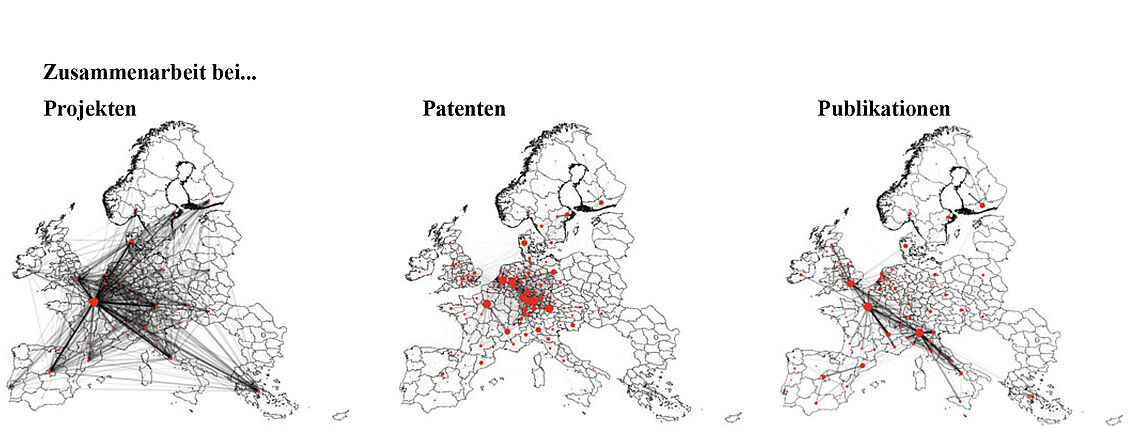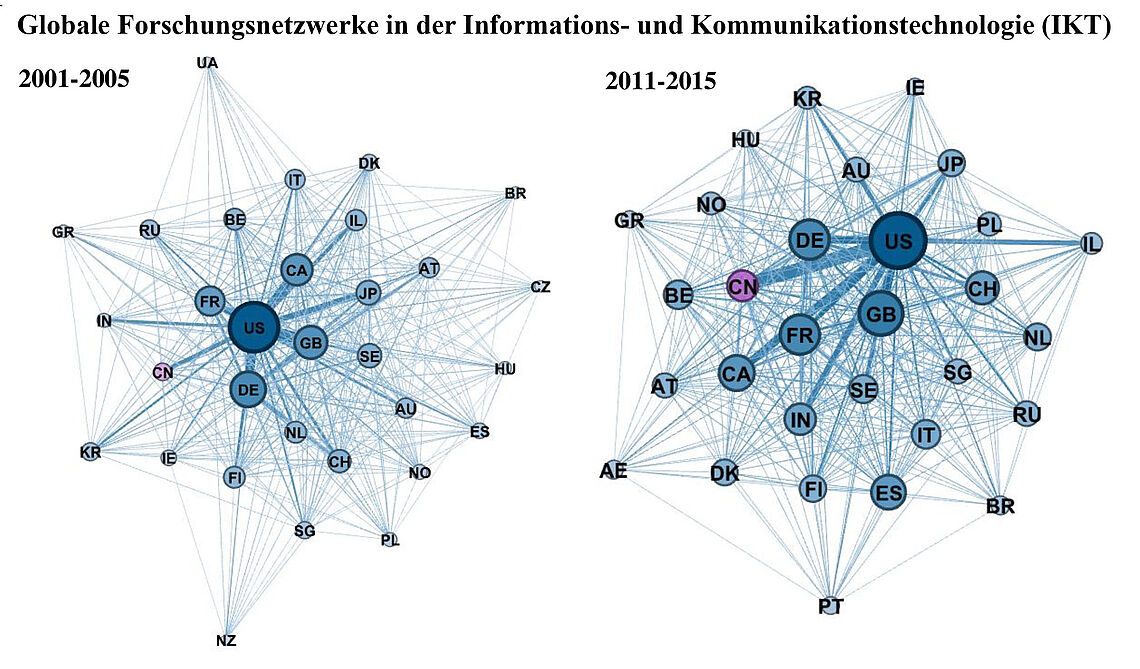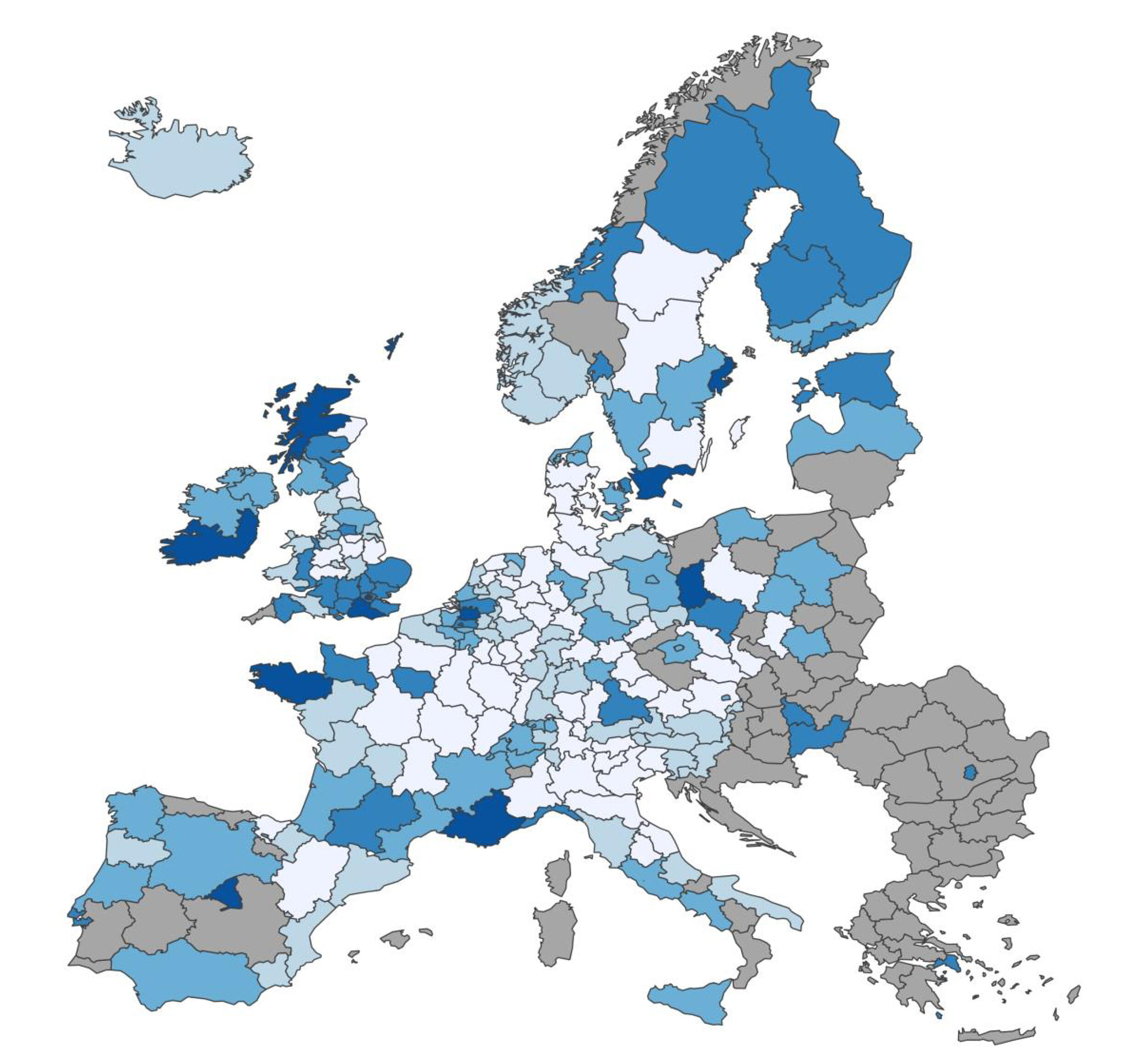Innovation systems are becoming increasingly complex: Research institutes around the world are cooperating more and more closely with each other, which often results in a shift in the "hot spots" for innovations. Researchers at the AIT Austrian Institute of Technology have been able to demonstrate this effect both within Europe and worldwide. Accordingly, China is also catching up in leaps and bounds, especially in the field of information and communication technologies (ICT).




